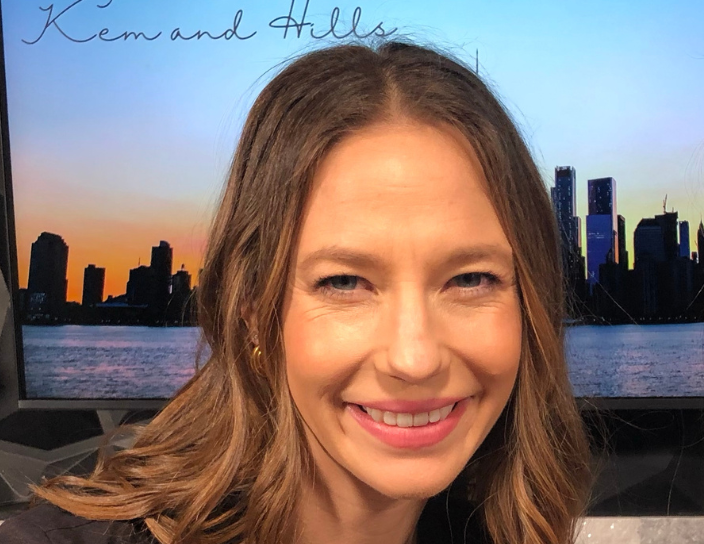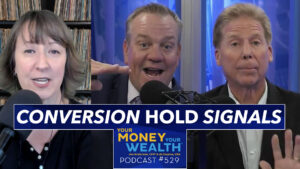How to Outsmart RMDs: Roth Conversions and QCDs That Can Save Your Retirement

Required Minimum Distributions—RMDs—can sneak up on retirees. They sound simple enough: the IRS wants to collect taxes on your tax-deferred savings. But the reality? They can trigger a chain reaction that affects everything from your tax bill to your Social Security benefits and even your Medicare premiums. That’s why I’m a big believer in planning early and using smart strategies like Roth conversions and Qualified Charitable Distributions (QCDs) to regain control of your retirement income.
Let’s start with the basics. If you have a traditional IRA or 401(k), the government requires you to begin withdrawals by age 73 starting in 2025, or age 75 if you’re younger and fall under Secure Act 2.0. You can delay your first RMD until April 1st of the following year, but doing so means taking two RMDs in one tax year—which could push you into a higher tax bracket and even increase your Medicare premiums.
So, how much are we talking? The IRS uses your account balance as of December 31st and divides it by a distribution factor. For age 73, that factor is 26.5—so about 3.77% of your total balance. On a $1.5 million portfolio, that’s roughly $56,600. And yes, it’s taxed as ordinary income.
Now, let’s look at how this plays out in real life. I ran the numbers for a hypothetical married couple filing jointly with $80,600 in provisional income. Add an RMD of $56,600 and subtract their deductions, which include the new senior deduction and standard deduction, and they’re left with $47,717 in taxable income. That results in a $5,165 tax bill. Not horrible, but there’s room for optimization.
That’s where Roth conversions come in. By converting a portion of your IRA to a Roth IRA, you pay taxes now but benefit from tax-free growth and future withdrawals—with zero RMDs required. Take that same couple and have them convert $45,000 to Roth. Their tax bill increases by $4,400, but they stay in the 12% bracket, locking in low tax rates today and reducing future RMDs.
Of course, Roth conversions aren’t perfect. They increase your adjusted gross income, which could cause more of your Social Security to be taxed or bump your Medicare premiums. And if you’re aiming to qualify for the $6,000 senior deduction starting in 2025, higher income from conversions could phase that out. So it’s all about balance and timing.
Another powerful option? Qualified Charitable Distributions (QCDs). If you’re over 70½, you can donate up to $100,000 directly from your IRA to a qualified charity—and it counts toward your RMD. Best of all, that donation doesn’t count as taxable income, which can help you avoid tax traps and doesn’t require itemizing deductions. It’s a win-win for retirees who don’t need every dollar from their RMDs and want to make a difference.
One thing I really want to stress: even though you’re withdrawing money from your account, your portfolio can still grow. Assuming a 5% return, a $1.5 million portfolio taking RMDs each year could still be worth nearly the same after 13 years—even after withdrawing over $900,000. So don’t panic about draining your account. With good planning, you can sustain it.
To sum up, here’s what I recommend:
- Start planning early—before RMDs begin.
- Consider partial Roth conversions to lower future RMDs and take advantage of low tax brackets.
- Use QCDs if you’re charitably inclined and want to reduce your taxable income.
- Monitor your AGI to manage the ripple effects on Social Security and Medicare.
RMDs don’t have to derail your retirement. With a proactive approach, you can make the tax code work for you instead of against you. And remember, it’s not just about minimizing taxes—it’s about maximizing your peace of mind.






